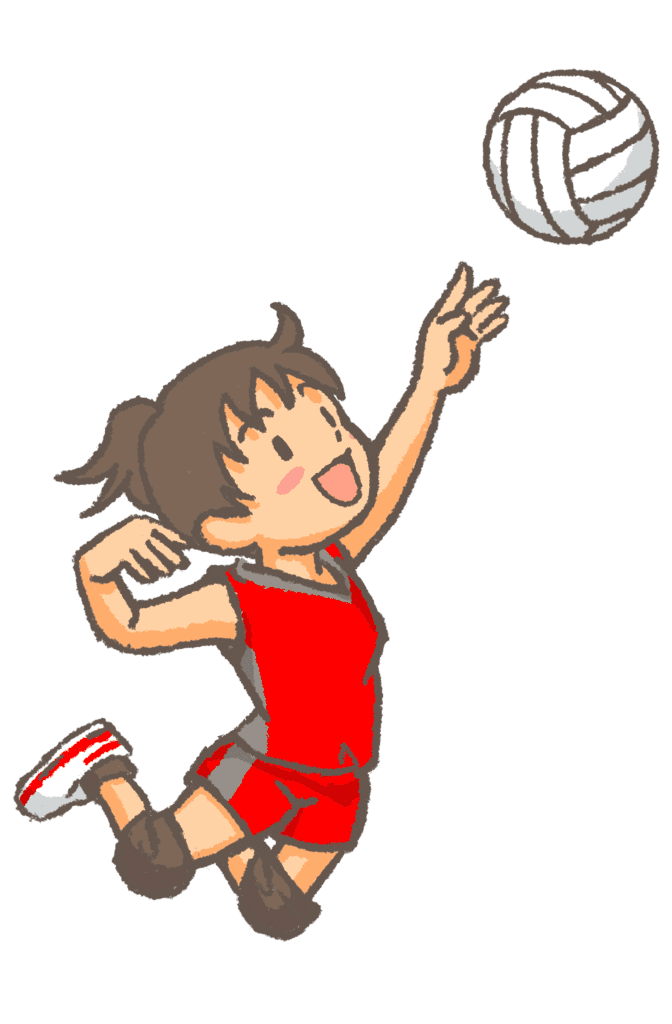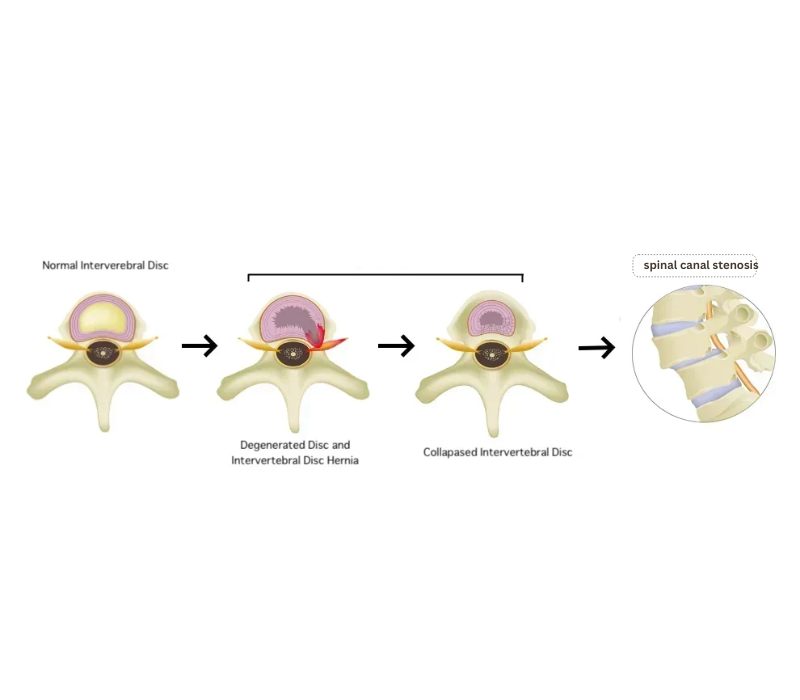Column Professional Athletes Who Have Battled With Spinal Stenosis in the Past – vol.1 – Kana Oyama
September 27, 2024
Back pain is a condition that everyone experiences at some point in their lives. The causes of back pain are various, and include disc herniation and spinal stenosis.
Athletes suffer from their fair share of spinal disorders.
In this article, we will explain spinal canal stenosis by using the example of an athlete who suffered from this condition.
Kana Oyama, a volleyball player who suffered from spinal stenosis in the past
She has been playing volleyball since elementary school, and she was the only player of high school age to take part in the World Championships and the Busan Asian Games. In 2003, she joined the Toray Arrows Shiga team, where her powerful spikes attracted a lot of attention. She also took part in the 2004 Athens Olympics.
From a young age, Oyama had suffered from back pain. In order to alleviate the pain, she changed her spike serve to a floater serve at the Athens Olympics, and she even missed some matches in order to concentrate on her back pain treatment.
Still, she was diagnosed with spinal stenosis and had to undergo surgery. After a long rehabilitation period, she was able to somehow return to the court, but was never able to fully recover and had to retire eventually.
With the desire to “share [her] experience with the children who will lead the next generation and those who are suffering from illness and injury”, she decided to stay with the Toray Arrows in order to work towards the promotion of volleyball.
The possible causes of spinal stenosis when in one’s 20s
Generally speaking, spinal canal stenosis is a condition that mainly affects middle-aged and older people, but it may also occur in younger people. One of the causes can be attributed to an excessive repetition of movements that end up take its toll on the lower back.

Volleyball spikes basically involve bending and twisting the waist. Repeated extension and rotation of the lumbar spine puts a great deal of strain on the intervertebral joints. In addition, flexion of the lumbar spine puts a great deal of stress on the intervertebral discs, increasing the risk of various spinal diseases, including disc herniation.

Once you develop spinal canal stenosis (a condition in which the nerve pathway decreases in size), you may experience symptoms such as lower back pain, pain and numbness in the lower limbs and buttocks, and intermittent claudication (a condition in which pain and numbness are present in your legs impairs walking, but goes away after a short rest, only to return after a while).
The more severe the symptoms, the more likely it is that medical surgery will become a necessity.
Prevention is important on a daily basis
In order to keep this condition from becoming irreversible, it is important to take preventative measures on a daily basis.
Sports often involve movements that put a strain on the lower back, but it is possible to reduce the strain by changing the way you move your body.
It is also important to strengthen the muscles around the waist. If the muscles become stiff, they will not be able to absorb the impact of the movements you make when playing sports, and this will put a strain on the waist. By strengthening the abdominal and back muscles, you can soften the impact and reduce the load on the lumbar spine.
The treatment at our clinic
Our clinic provides treatment for lower back pain caused by damage to the intervertebral discs.
In our clinic, we use the Cellgel method, which involves injecting a substance that fills the cracks in the intervertebral disc, causing it to become gel-like and fill the cracks, allowing for a fundamental treatment. The volume of the intervertebral disc does not decrease, and the substance remains in the intervertebral disc as a gel-like implant after treatment, so the intervertebral disc is preserved.

If you are suffering from lower back pain, please consider a consultation at our clinic.
Related articles
The Different Symptoms of Spinal Canal Stenosis: If You Have Any of These, It’s a Red Flag!
How to Employ Your Time after Spinal Stenosis Surgery
Is it already too late! ? What should I do about spinal canal stenosis that has been left untreated?
How to Deal with Stenosis Pain and Numbness
Introduction to our clinic’s post-spinal stenosis surgery rehabilitation program



